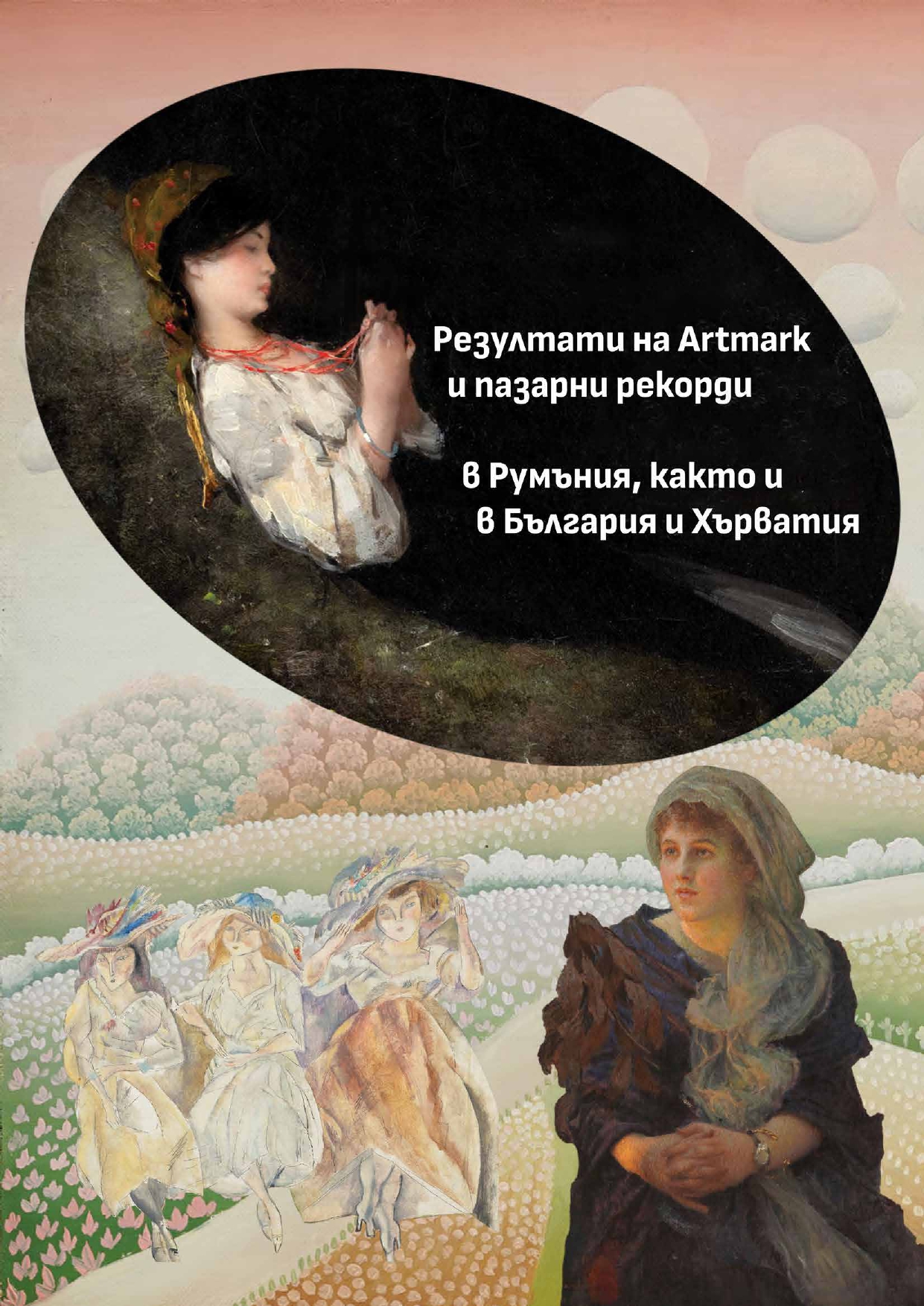Годишни отчети

Резултати на Artmark и пазарни рекорди в Румъния, както и в
България и Хърватия
Изминалата 2024 г. бе първата пълна година на търгове на изкуство, организирани от
Артмарк България в София. Четирите проведени основни аукциона за българско
изкуство възлизат на 1,36 милиона евро общи продажби и поставят рекордна средна
годишна успеваемост от 90,52% (в сравнение с 80,39% през 2023 г.).
Забележителното е, че София беше домакин на първия дуплекс търг, проведен едновременно от Artmark в София и A10 в Букурещ: Коледният търг през декември 2024 г. на Редки Уискита и Колекционерски Вина.
Със стотици присъстващи и динамично участие на живо, което значително надмина онлайн офертите, енергията в аукционните зали на София напомни с носталгия за времето преди пандемията. Тогава, в Букурещ, редица ценители на изкуството се събираха на търговете - превръщайки ги в истински “пиршества”. Времето, когато тези събития разчитаха по-малко на така ефективните днес онлайн платформи, е изживяване, което много румънски колекционери все още помнят с умиление.
